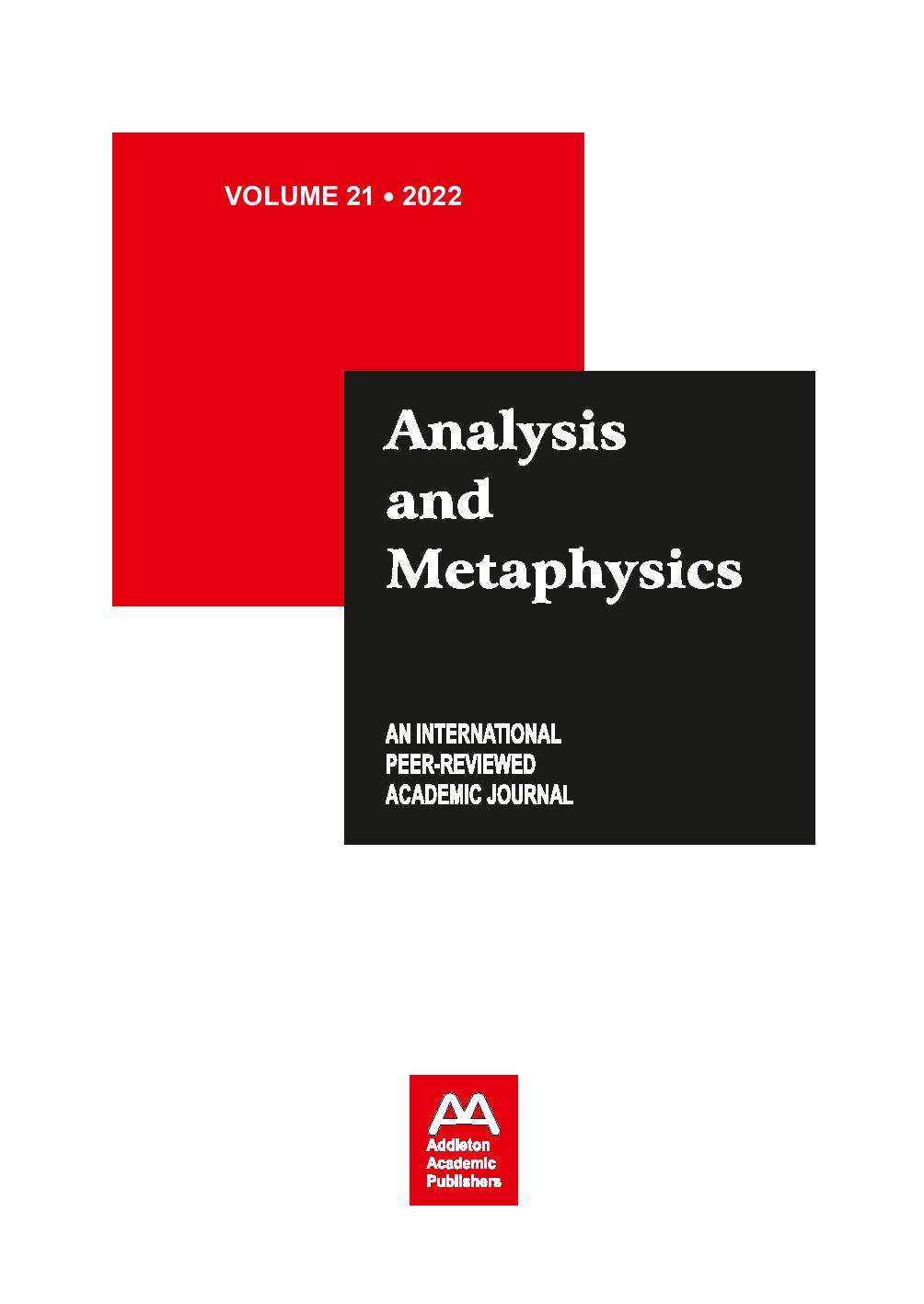Motion Planning and Remote Sensing Algorithms, Predictive Geospatial Modeling and Deep Learning Artificial Intelligence Tools, and Machine Perception and Image Recognition Technologies in the Blockchain-based Virtual Economy
Motion Planning and Remote Sensing Algorithms, Predictive Geospatial Modeling and Deep Learning Artificial Intelligence Tools, and Machine Perception and Image Recognition Technologies in the Blockchain-based Virtual Economy
Author(s): George DuncanSubject(s): Management and complex organizations
Published by: Addleton Academic Publishers
Keywords: motion planning; remote sensing; predictive geospatial modeling; deep learning; machine perception; blockchain
Summary/Abstract: In this article, I cumulate previous research findings indicating that Predictive algorithms, behavioral and demographic analytics, and augmented reality shopping tools assist product customization services across real-time immersive 3D worlds and in the virtual economy. I contribute to the literature on metaverse technologies, simulation modeling tools, and object recognition algorithms by showing that digital twin technology, behavioral and demographic analytics, and predictive modeling algorithms further immersive virtual shopping in the metaverse economy. Throughout July 2022, I performed a quantitative literature review of the Web of Science, Scopus, and ProQuest databases, with search terms including “blockchain-based virtual economy” + “motion planning and remote sensing algorithms,” “predictive geospatial modeling and deep learning artificial intelligence tools,” and “machine perception and image recognition technologies.” As I inspected research published between 2021 and 2022, only 154 articles satisfied the eligibility criteria. By eliminating controversial findings, outcomes unsubstantiated by replication, too imprecise material, or having similar titles, I decided upon 34, generally empirical, sources. Data visualization tools: Dimensions (bibliometric mapping) and VOSviewer (layout algorithms). Reporting quality assessment tool: PRISMA. Methodological quality assessment tools include: AXIS, Dedoose, ROBIS, and SRDR.
Journal: Analysis and Metaphysics
- Issue Year: 2022
- Issue No: 21
- Page Range: 193-209
- Page Count: 17
- Language: English
- Content File-PDF

